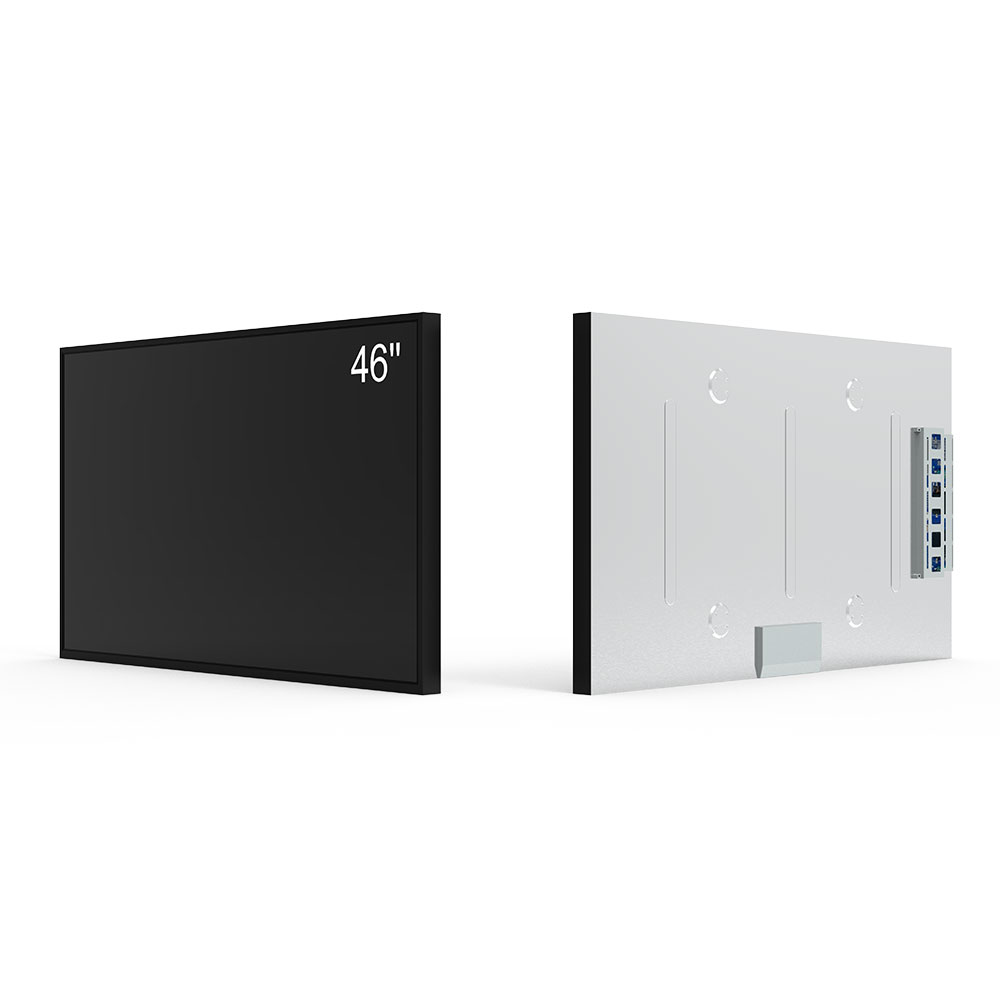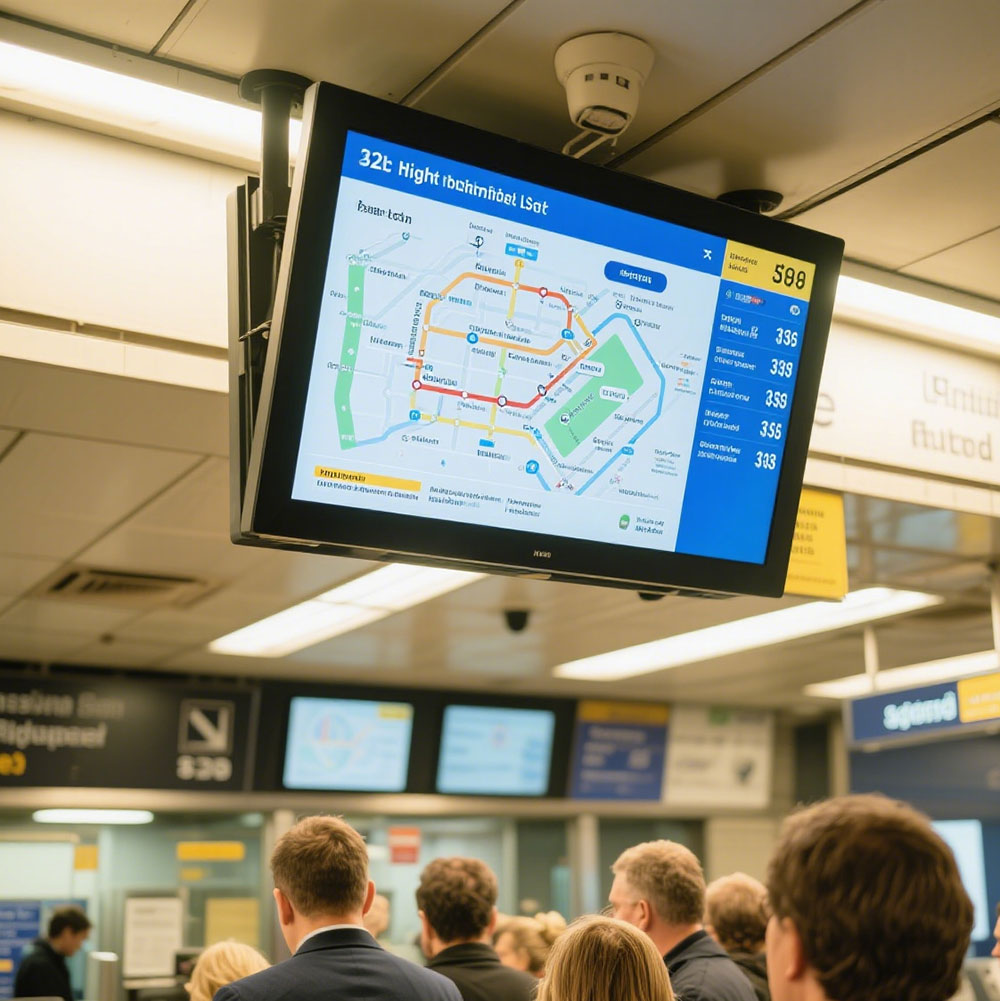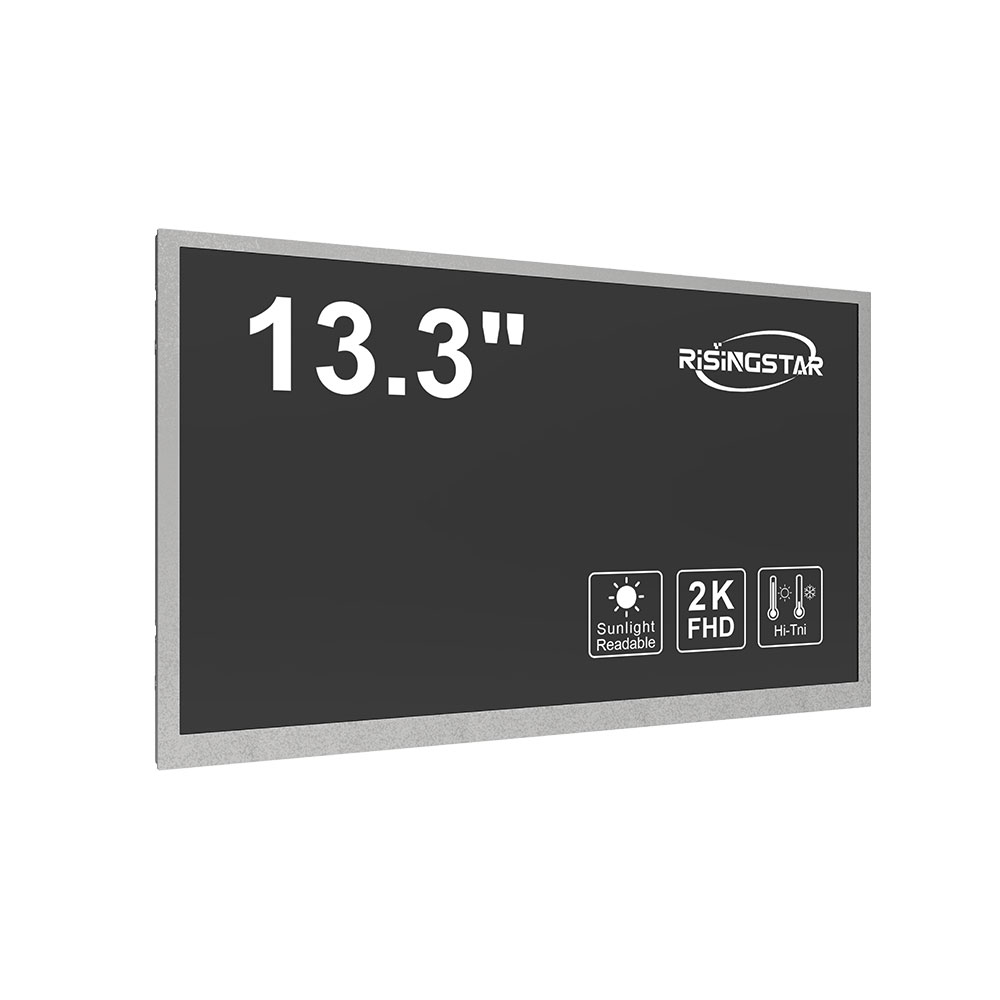When selecting outdoor LCD screens for commercial, industrial, or public information applications, display ratio is a critical design parameter that directly impacts visual clarity, content compatibility, and installation flexibility. Among the most common ratios in outdoor display systems, 4:3 remains a trusted standard—especially for 15", 17", and 19" screen sizes. This format offers an optimal balance between vertical space and horizontal real estate, making it ideal for legacy software compatibility, kiosk interfaces, and signage in constrained environments.
The 4:3 aspect ratio (width to height) was historically dominant in CRT monitors and early digital displays, and its persistence in outdoor LCDs stems from practical advantages. For instance, a 15" 4:3 outdoor LCD provides approximately 12 inches of usable width and 9 inches of height—ideal for displaying text-heavy dashboards, ticketing systems, or control panels without stretching or cropping content. Similarly, 17" and 19" models offer increased visibility while maintaining the same proportional logic, ensuring consistent scaling across multiple units in multi-screen setups like digital signage networks or retail point-of-sale terminals.
From an engineering perspective, 4:3 screens often use older but more mature pixel matrix technologies such as TN (Twisted Nematic) or IPS (In-Plane Switching), which are more cost-effective and robust under extreme weather conditions. Unlike widescreen 16:9 displays that may require additional bezel framing or content adaptation for non-widescreen sources, 4:3 panels reduce integration complexity—a key factor in high-reliability outdoor deployments. Industry standards like IEC 60950-1 and UL 62368-1 confirm that 4:3 configurations meet stringent safety and durability requirements for outdoor use, especially when paired with ruggedized enclosures, high-brightness LEDs (up to 5,000 nits), and IP65-rated housings.

Case studies from leading manufacturers—including Sharp, LG, and PHL (Philips) —show that 4:3 outdoor LCDs outperform widescreen alternatives in vertical content scenarios such as bus stop information boards, airport departure screens, and factory machine monitoring systems. In one deployment at a European logistics hub, replacing 16:9 displays with 19" 4:3 units reduced maintenance costs by 22% due to fewer image distortion issues and simpler firmware updates.

Ultimately, choosing a 4:3 display ratio for 15", 17", or 19" outdoor LCDs isn’t just about legacy support—it’s a strategic decision based on proven performance, ease of integration, and long-term reliability in harsh environments. As global demand for durable, high-visibility outdoor screens grows, the 4:3 format remains a cornerstone in professional display engineering.








